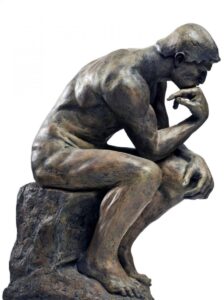Beginner Photography
Ingredients:
– any type of camera that can take pictures
– an environment in which you like: could be anything
– a subject: friend, animals, streets, buildings, etc.
– lens: doesn’t matter at first
– tripod (if necessary)
Before shooting/Things to know:
- You want to first set your camera on manual mode (M) therefore you can edit the settings to your liking
- You also want to be on RAW image format
- You want to check on the ISO (indication of how sensitive your camera is to light), before and during the shoot. ex. (100 is low, 3200 is high)
- Learn to use Aperture: controls how light will hit the camera sensor, ex. (f/5.6)
- Learn to use Shutter Priority Mode: amount of time the camera’s shutter is open. The camera’s shutter is for exposing the sensor to light for a specific amount of time. Shutter speed and aperture go hand in hand. When you adjust one, you must adjust the other to compensate. ex. (1/125s)
- Understanding Composition: gives importance to the subject in relation to the rest of the photo.
- Keep in mind The Rule Of Thirds: to imagine breaking an image down into thirds so that you have 9 parts.
- To create a great picture, it is important to have these characteristics. Now, let’s shoot!
Instructions:
- You want to choose something that catches your eye and attention
- Take out your camera and view the image through the viewfinder
- You want to angle the camera so that it is straight
- Maintain steady hands
- Play around with different perspectives to better the image while keeping the camera straight (Perspectives are important as a low angle vs a high tilting angle can make a major difference in the outcome. Whichever you like as it depends on the object and personal preference)
- You want to make sure the light is facing the subject and not behind it. Although it may depend on your image as light behind the subject may be beneficial (Lighting is important and make sure to pay attention to how the light is affecting the image)
- Adjust your ISO, Aperture to your liking to better the image
- Now that you have your subject, angle, background, lighting, set ISO & Aperture, you now have the fundamental skills acquired for photography. Shoot like crazy!
Tips:
- Expose and focus first, then frame your shot
- Use a wider aperture for portraits to make your subject pop
- Prevent blurry pictures by matching shutter speed to the lens focal length
- Straighten and crop when editing
- Keep both eyes open when looking through the rangefinder
- Don’t try to clean the inside of your camera
- Use a prime lens for better creativity
- Push your gear to its limits before buying more
- Memory cards: size matters
- Get a filter to protect each lens from scratches




